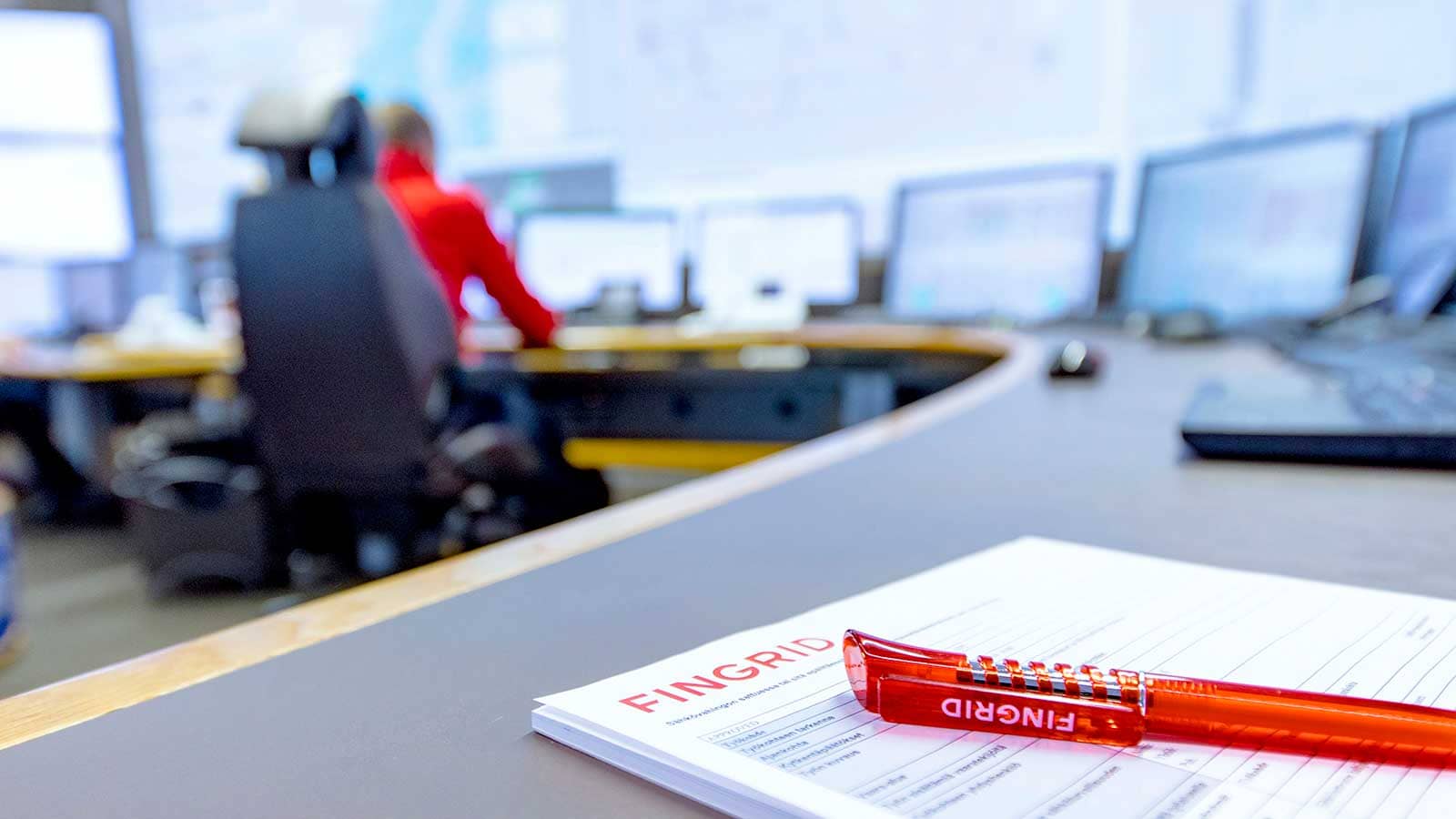
The new era of control room design
Control rooms are mission-critical spaces where effectiveness, efficiency, and alertness are essential. These environments manage high-stakes operations in industrial processes, logistics hubs, traffic control, power management, security, emergency services, military operations – the list goes on.
The operators inside these rooms often make split-second decisions that directly affect safety, productivity, and financial outcomes. In such environments, mistakes can be costly or even deadly, making it crucial to design control rooms that support human performance and minimize errors.
Keep it organized
A well-designed control room helps operators stay focused, organized, and alert. At Edea, we understand that effective design goes beyond aesthetics; it’s about creating a workspace that fosters concentration and reduces fatigue.
Ergonomics: Operators spend long hours at their stations, and poor ergonomics can lead to discomfort and reduced focus. We design functional and adjustable desks and chairs, allowing operators to shift positions and remain comfortable throughout the day.
Lighting: Proper lighting reduces eye strain and helps keep operators alert. Adjustable lighting and display solutions, designed to adapt to varying needs over a 24-hour cycle, are key to maintaining productivity in control rooms.
Workstation Placement and Line of Sight: Ensuring that all necessary displays, equipment, and control panels are within easy reach and visible without excessive movement is critical. Our designs eliminate unnecessary distractions by keeping the layout clean and logically organized.
Organizing Functions: In a control room, clarity is crucial. We organize workstations and their digital user interfaces so that essential functions are easy to access and secondary ones do not clutter the workspace. Clear zoning and thoughtful arrangement of functions help operators maintain focus on the most important tasks.
Our high security control room design for Advario, below, is an excellent example of a well organized workspace. In this project, we designed the layout, lighting, and acoustics of the control room around the mission-critical workflows of the people who work there.

As another example, in our design project for Fingrid’s national grid control room, we complemented the control room’s physical overhaul with strategically designed and future-proof digital user interfaces that enhance operator performance, reduce fatigue, and eliminate errors.
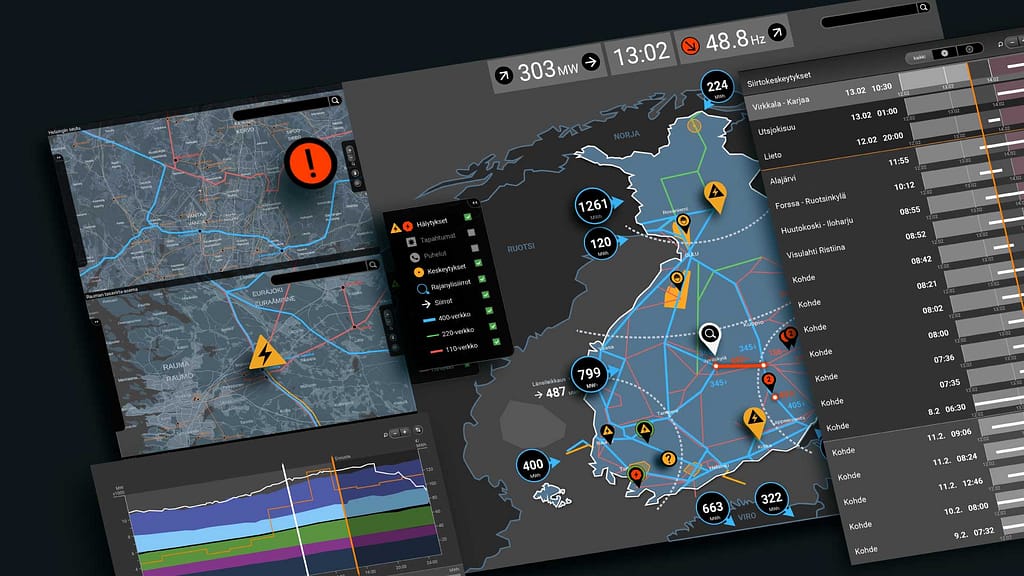
In the control room – and beyond
Control isn’t always confined to the walls of a stationary control room. As operations become more complex, control functions are increasingly distributed across various platforms to give operators greater flexibility and mobility.
Control Room Monitoring: Inside the control room, operators focus on overseeing the entire process and managing operations. They rely on real-time data from numerous systems, making quick decisions when necessary.
Local Control Interfaces: Some machines and processes need direct, local control. These interfaces, placed near or on the equipment being managed, allow operators to control the machines on-site, e.g., when resolving errors. Local control interfaces are especially important in safety-critical environments where operators need to have full situational awareness.
Mobile Control: Operators today often need to be on the move. Mobile control solutions, such as tablets or smartphones, allow them to monitor and control systems both on-site and remotely. This mobile capability enhances flexibility, ensuring that operators are not confined to a single location.
It is important for the user experience to be harmonized across all devices and platforms. Whether an operator is using a control room workstation, a local interface, or a mobile device, the system must provide a seamless, unified experience that supports efficient decision-making.
For example, in our collaboration with Koja’s air management solutions, we designed systems that allow operators to manage air quality both within the control room and via mobile devices for maximum flexibility. Similarly, our work with Ensto’s charging solutions allows control room operators to monitor systems remotely and dispatch technicians equipped with mobile devices for on-site maintenance and servicing. These designs highlight the importance of harmonizing the user experience across multiple control points.
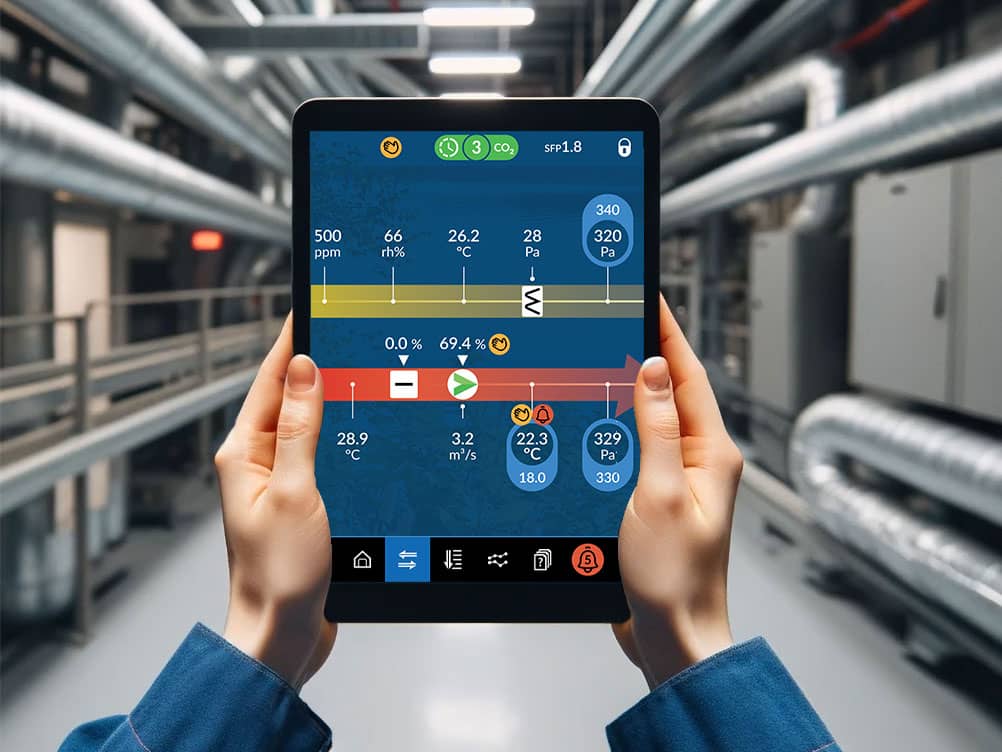
Control rooms on the move
Sometimes, the control room itself needs to be mobile, especially in dynamic environments such as military operations, disaster management, and temporary setups like pop-up facilities. A mobile control room provides operational flexibility while still offering the same functionality as a stationary control room.
Our design for Morehouse’s mobile control room exemplifies this. The control room can be moved about on a truck trailer and expanded to triple its volume in minutes. Mobile clamshell workstations are then spread out, immediately ready for the operators to take their positions and start using the digital control interfaces.
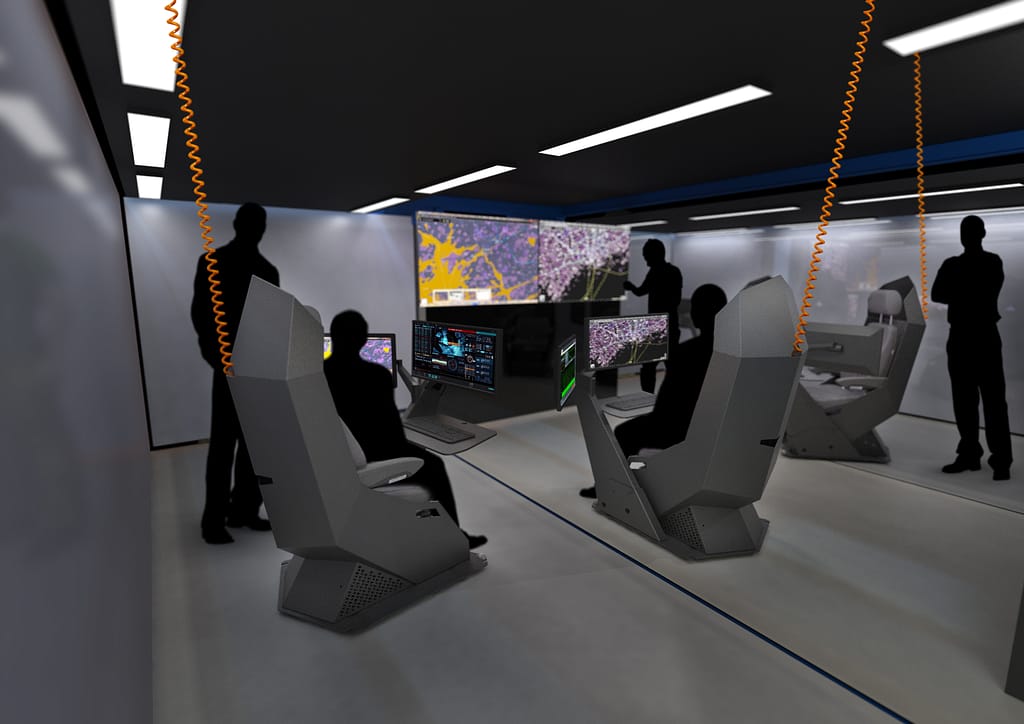
Automated and unmanned operations
As technology advances, many industries are turning to automation and remote control for efficiency and safety. Unmanned or automated systems, such as those used in ports, logistics hubs, and hazardous environments like mines, can now be controlled and monitored from central control rooms.
For example, mining machinery can be remotely operated from a safe distance, reducing risk for human workers. Automated operations are becoming the norm in process industries and logistics, and control rooms play a pivotal role in overseeing and managing these systems. In such cases, control rooms must be equipped to handle large volumes of data and provide operators with the tools to intervene when needed.
Among our design clients at Edea, Valtra tractors is a forerunner in the field of autonomous vehicle operations.
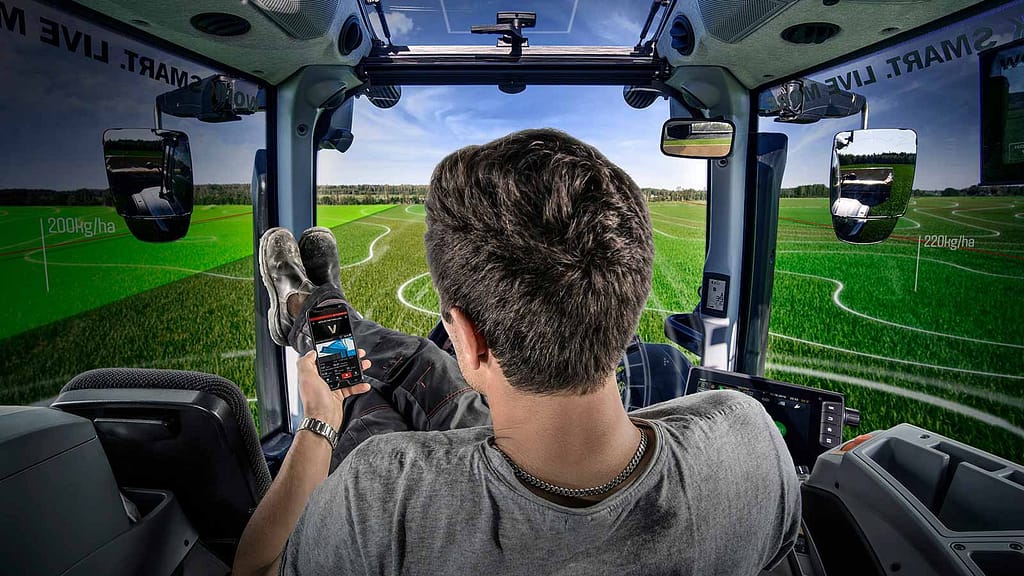
Conclusions
Control rooms are the nerve centers of mission-critical operations, and their design can significantly impact performance, safety, and efficiency. At Edea, we combine cutting-edge technology with user-centric design to create control rooms that meet the specific needs of each industry and operation.
Whether you need to design or optimize a permanent, mobile, or automated control solution, we’re here to help. Our expertise spans a wide range of industries and use cases, from energy management to industrial processes, ensuring that your control room works as hard as the people who rely on it.
If you’re looking to optimize your control room design or explore new control solutions, get in touch with us at Edea. We’re passionate about creating human-centric solutions that enable success.